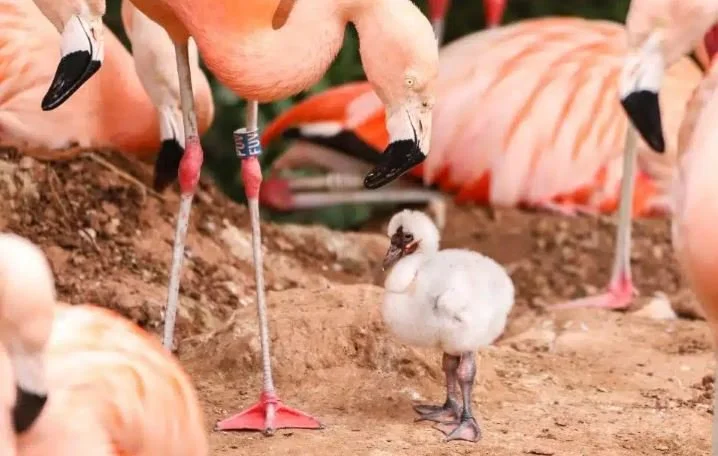Flamingos Blown Way Off Course by Hurricane Idalia
While the damage wrought by Hurricane Idalia is still being assessed, one pleasant consequence of the storm has been the extensive dispersal of the American flamingo. The big pink birds are being spotted throughout much of the Eastern Seaboard this week, no worse for wear.
Normally the American flamingo (Phoenicopterus ruber) has its stronghold in southern Florida, where about 95 percent of sightings occur in the Everglades, Biscayne Bay, and the Florida Keys. In recent days the waders have been spotted at St. Pete Beach, Treasure Island, Fort De Soto, and elsewhere on the west coast.
“I was completely shocked after living here for 35 years, my entire life, and being a Florida native. I've never seen flamingos in the area,” Treasure Island denizen Vinnie Fugett told WFTS Tampa Bay.
And it’s just not Florida. In the storm’s aftermath, flamingos have shown up in Alabama, North and South Carolina, Ohio, Tennessee, Texas, and Virginia. It is unclear what these hurricane refugees will do. They might return to south Florida or they could establish new breeding colonies far beyond their traditional wading grounds.
Flamingos have not yet made it as far north as New York but their avian cousin, the roseate spoonbill, was spotted this week at Willow Pond in Hewlett Bay Park, Long Island. The spoonbill, described by Audubon as “gorgeous at a distance and bizarre up close,” sports a lovely rose-pink coat of feathers and a ginormous bill that flattens out to the titular spoon shape, which is useful for sifting through the muck in its typical habitat.
If climate change continues to unleash more frequent and extreme storms, we may need to reassess what we mean by “typical habitats” for these neotropical birds.
Katie Morrison / Post and Courier
Photo credit: Nathan Dias / Post and Courier








